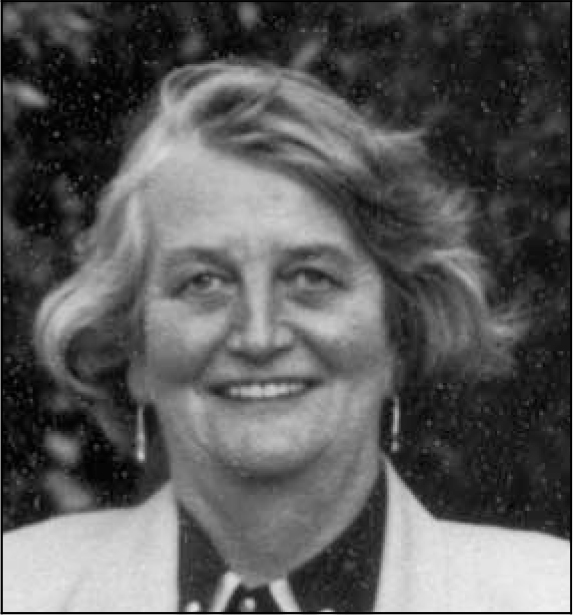Gerdt Wretmark was prototypical of those overseas postgraduates who develop an enduring attachment to their British institute and retain allegiance when they return, magisterially specialised, to their homeland.

Wretmark came from Sweden to the Institute of Psychiatry and assimilated with quiet intensity all that London and Maudsley Hospital psychiatry had to offer during 1955-56 (when he last spoke and wrote to me, at the end of his life, it was about his writing on the quintessential London painter Hogarth, with focus on his Bedlam scenes). He repeatedly returned to London, for conferences at the Royal College and to meet professional friends, notably his mentor Denis Leigh.
He was born in Malmö on 23 April 1918 (it was important to him that two Williams, Shakespeare and Turner, had the same birthdate). His doctoral thesis on The Peptic Ulcer Individual was presented in Lund in 1953, and he was appointed Assistant Professor the following year. He became head of the Department of Psychiatry at Linköping in 1956, was appointed Professor in 1970 and worked there until he retired in 1983.
The principles he brought from the Maudsley were translated to Swedish professional practice. Humane attitudes were paramount - staff had to discard white clinical coats, and good communication was regarded a core element of all clinical work. As a psychiatrist, he saw himself as duty-bound to instill the same therapeutic attitude, not only in psychiatrists in training, but also in medical students, general practitioners, physiotherapists and occupational therapists. He set up practical demonstrations: his drying-out facility for alcoholics - ministering to the affluent as well as the ‘down and outs’ - was unforgettably dramatic for the benign detachment and thoroughness of the procedure, in which all the local services were marshalled. In 1978, the medical students of Linköping gave him a special award for teaching. He was recognised as a pioneer in medical ethics in Sweden and his widely-used textbook appeared in 1982.
He lived in Uppsala during 1985-89, his remarriage to Astrid Andersson Wretmark lasting 24 years. Together they trained to qualify as ordinands in the Church of Sweden in communication and counselling, and jointly studied perinatal death as a pastoral problem. His youngest daughter Hanna was born in 1981; by former marriages he had four daughters: Ulla, Kerstin, Eva and Maria. From 1989, he worked in private psychiatric practice in Visby for 10 years, and in 2000 published Möten Broar: Berättelser ur minnet (Encounter Bridges: Stories from my memory). He was always culturally aware, and from his youth he collected Chinese art.
He died on 29 December 2001 of liver cancer, probably from the bile duct. He wanted Astrid to conduct the funeral service in Visby Cathedral, but she chose instead to speak during the service, of his capacity for dialogue and his redeeming sense of humour. His ashes are buried in the family grave at Malmö.



eLetters
No eLetters have been published for this article.